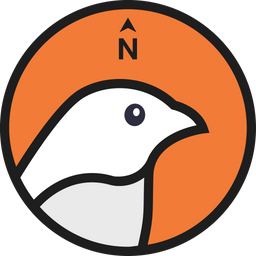Wat Anongkaram Worawihan, originally known as Wat Noi Kham Thaem, derives its name from Lady Noi, the wife of Somdej Chao Phraya Borom Maha Pichaiyat (Thad Bunnak), who was responsible for its founding alongside Wat Pichaiyat, donating both as royal temples during the reign of King Rama III. The term "Kham Thaem" was later added, stemming from the original name of Chao Phraya Thipakorn Wongs Mahakosathibodi (Kham), who renovated the temple. In the reign of King Rama IV, the temple received its current name, Wat Anongkaram. The ubosot (ordination hall), constructed during the reign of King Rama III, features traditional Thai architectural design, built with brick and mortar, and has a roof adorned with glazed tiles. Intricate decorative elements such as the chofah (gable finials) and floral patterns in lacquer and gold adorn the structure, including beautifully crafted designs on the gable and window frames. The hall houses the important statue of Phra Buddha Chunlakan, a statue from the Sukhothai period depicting the Buddha in the Mara Vijaya posture, serving as the principal image. Flanking the main Buddha are standing metal statues of the Buddha's disciples, while in front of the principal image, there is also a statue of Phra Buddha Mangkalod, a seated Buddha figure. Near the vihara, there is a mondop alongside the east side of the hall, which houses a reclining Buddha statue modeled after the one at Wat Ratchathiwat, while the west side features a replica of the Buddha's footprints. On the second floor of Wat Anongkaram, there is a public library, which is also home to the "Klongsan Local Museum." This museum showcases exhibitions that narrate the history and evolution of the Klongsan area, including the lifestyles and living conditions of the local community from the past to the present.
Photo Credit: facebook - วัดอนงคารามวรวิหาร
Wat Anongkaram Worawihan
Province: Bangkok Metropolis
Reviews from Members
Be the first to review this place
Contact Information
Phone Number
081 807 1494
Website
https://web.facebook.com/profile.php?id=100069976763754

